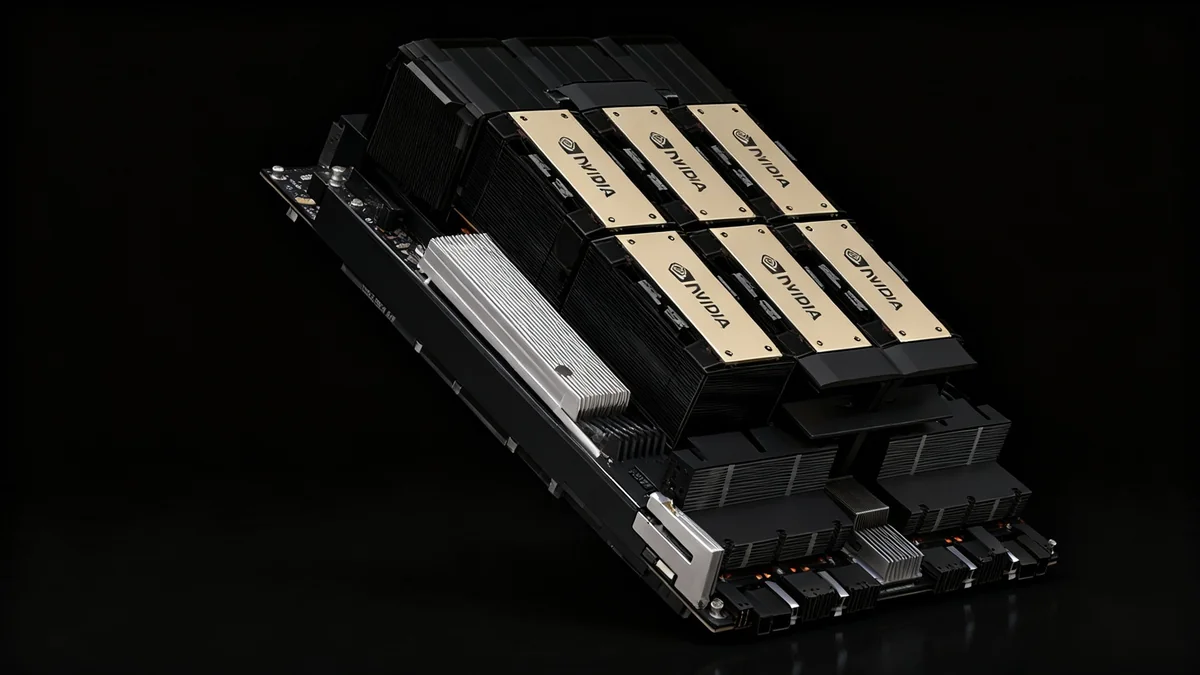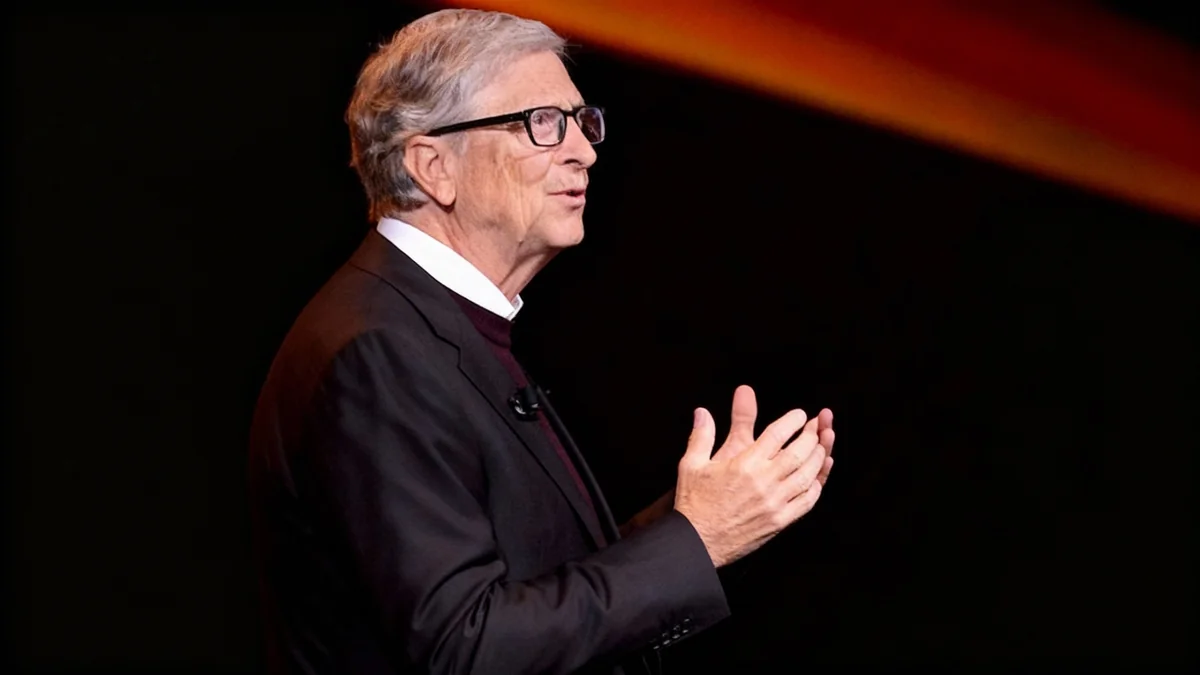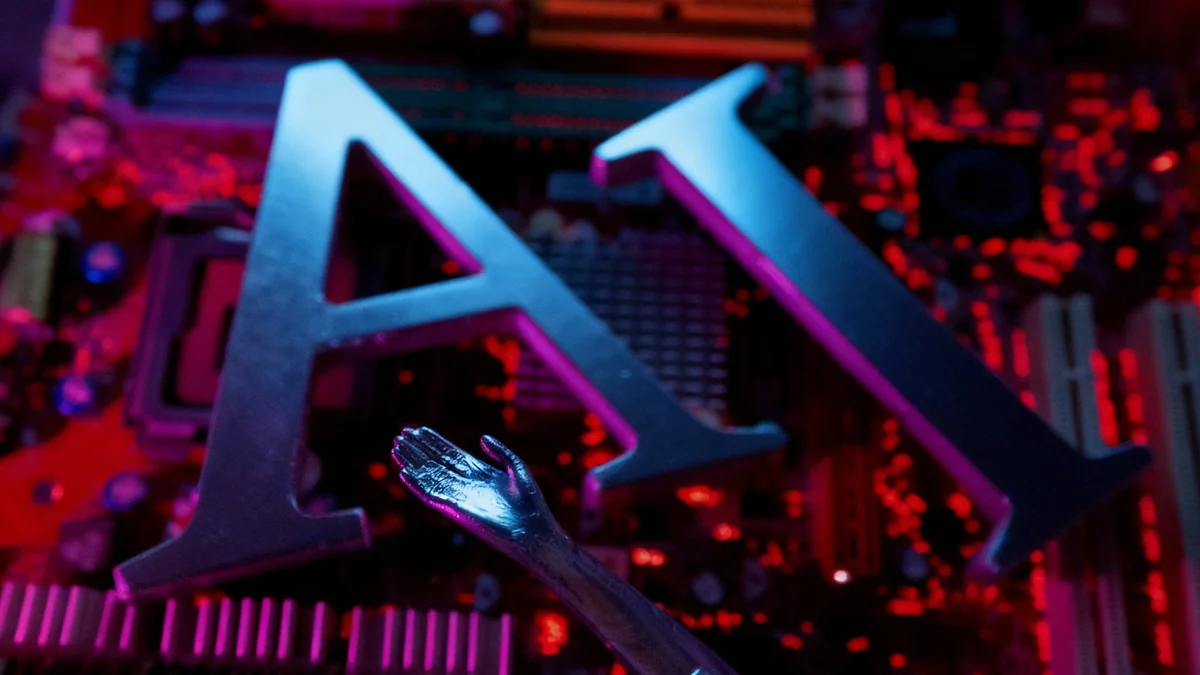The global economy is increasingly tethered to the explosive growth of the artificial intelligence sector. While a handful of technology giants fuel a stock market rally and sustain business investment, underlying economic indicators suggest a fragile foundation. This dependence on AI presents a critical dilemma: will the technology deliver on its promise of unprecedented productivity, or will the investment frenzy collapse into a devastating bust?
Economists and market analysts are grappling with two starkly different potential futures. One path leads to a market correction that could trigger a global recession, while the other sees AI successfully reshaping the workforce, raising fundamental questions about human labor and economic value.
Key Takeaways
- The current AI investment boom is a primary driver of economic growth, masking weaker trends like slow wage growth and rising loan delinquencies.
- A small group of tech companies, the "Magnificent Seven," now represent approximately one-third of the entire S&P 500 index's valuation.
- Analysts see two major risks: a stock market bubble bursting, or AI's success leading to widespread job displacement and wealth concentration.
- A potential market crash, similar to the dot-com bust, could erase an estimated $35 trillion in global wealth.
- Some experts suggest a controlled downturn could be preferable, allowing for a redirection of AI development toward augmenting human capabilities rather than replacing them.
The Engine of a Fragile Economy
Despite a landscape of slowing wage growth, rising loan delinquencies, and falling consumer confidence, the global economy has remained surprisingly resilient. A significant portion of this stability can be attributed directly to the massive wave of investment pouring into artificial intelligence.
This AI-driven boom is single-handedly propping up business investment and powering a stock market rally that supports consumer spending. The so-called "Magnificent Seven"—a group of leading tech firms—have seen their valuations soar, with their combined market capitalization now accounting for about a third of the S&P 500 index.
This concentration of market power in a single, speculative sector has created a precarious balance. The broader economy's health is now intrinsically linked to the perceived future success of AI, a technology whose long-term impact remains highly uncertain.
Scenario One: The Bubble Bursts
Market watchers are expressing growing concern about the sustainability of current tech valuations. The VIX Index, a common measure of market volatility often called the "fear gauge," has recently reached elevated levels, signaling significant investor anxiety.
The central fear is that the promised productivity gains from AI may not materialize as quickly or as dramatically as investors hope. If confidence wavers, a massive sell-off could ensue, triggering a market crash with far-reaching consequences.
The Cost of a Crash
According to estimates from former IMF chief economist Gita Gopinath, a market crash on the scale of the dot-com bubble burst in the early 2000s would have a staggering impact. Such an event could wipe out an estimated $20 trillion in wealth held by American households and an additional $15 trillion held by investors around the world.
A financial shock of this magnitude would almost certainly push the global economy into a deep and painful recession. Trillions of dollars in stock wealth would evaporate, crippling consumer spending, halting business investment, and leading to widespread economic hardship.
Scenario Two: The AI Revolution Succeeds
The alternative scenario presents a different, more complex set of challenges. What if the massive investments are justified? What if AI development continues at its current pace, and the technology begins to deliver on its most ambitious promises?
The goal of many leading AI developers is not merely to create tools that assist humans, but to build artificial general intelligence (AGI) capable of performing any intellectual task a human can—and doing it better. This differs fundamentally from past technological shifts like the invention of the tractor or the personal computer, which automated specific tasks but created new roles for human workers.
A New Kind of Technological Disruption
Historically, technological progress has displaced certain jobs while creating new ones. For example, agricultural workers, who made up 40% of the U.S. workforce in 1900, found new roles in manufacturing and services as farming became mechanized. AI, however, aims to replicate human cognitive abilities themselves, potentially impacting a much broader range of jobs across all sectors, from creative arts to complex analysis.
If AI can perform all human tasks more efficiently, the traditional labor market could be rendered obsolete. This would create an unprecedented social and economic problem: how will the majority of people earn a living?
As Erik Brynjolfsson of Stanford University has argued, this new arrangement would risk vastly concentrating wealth and power. Most people "would depend precariously on the decisions of those in control of the technology," potentially trapping society in an equilibrium where those without power have no way to improve their outcomes.
A Third Path: Augmentation Over Replacement
Given the severe risks associated with both the boom-and-bust cycle and the complete success of human-replacement AI, some experts are suggesting a third possibility. A market correction, while painful in the short term, might offer a chance to reset priorities for AI development.
History shows that investment bubbles can leave behind valuable infrastructure. The dot-com crash of 2000 left behind the fiber-optic network that powers today's internet. The British railway mania of the 1840s, despite causing a recession, resulted in a national rail network.
Similarly, an AI market correction could preserve the foundational knowledge and infrastructure built during the boom. This could allow society to pivot, steering AI research away from replacing human labor and toward augmenting it. This approach would focus on creating tools that help people perform new and more complex tasks.
Examples of this approach are already emerging:
- AI is being used to help scientists design new proteins and materials.
- In healthcare, AI tools could provide nurses with technical expertise, enabling them to perform tasks currently reserved for doctors.
- AI could serve as a powerful assistant for educators, researchers, and creative professionals, enhancing their capabilities rather than making them redundant.
Ultimately, the path forward for AI and the global economy remains unwritten. The current trajectory presents a high-stakes gamble, with the potential for either a devastating economic collapse or a societal transformation that challenges the very nature of work. A more deliberate, human-centric approach to development may offer a more stable and prosperous future.





